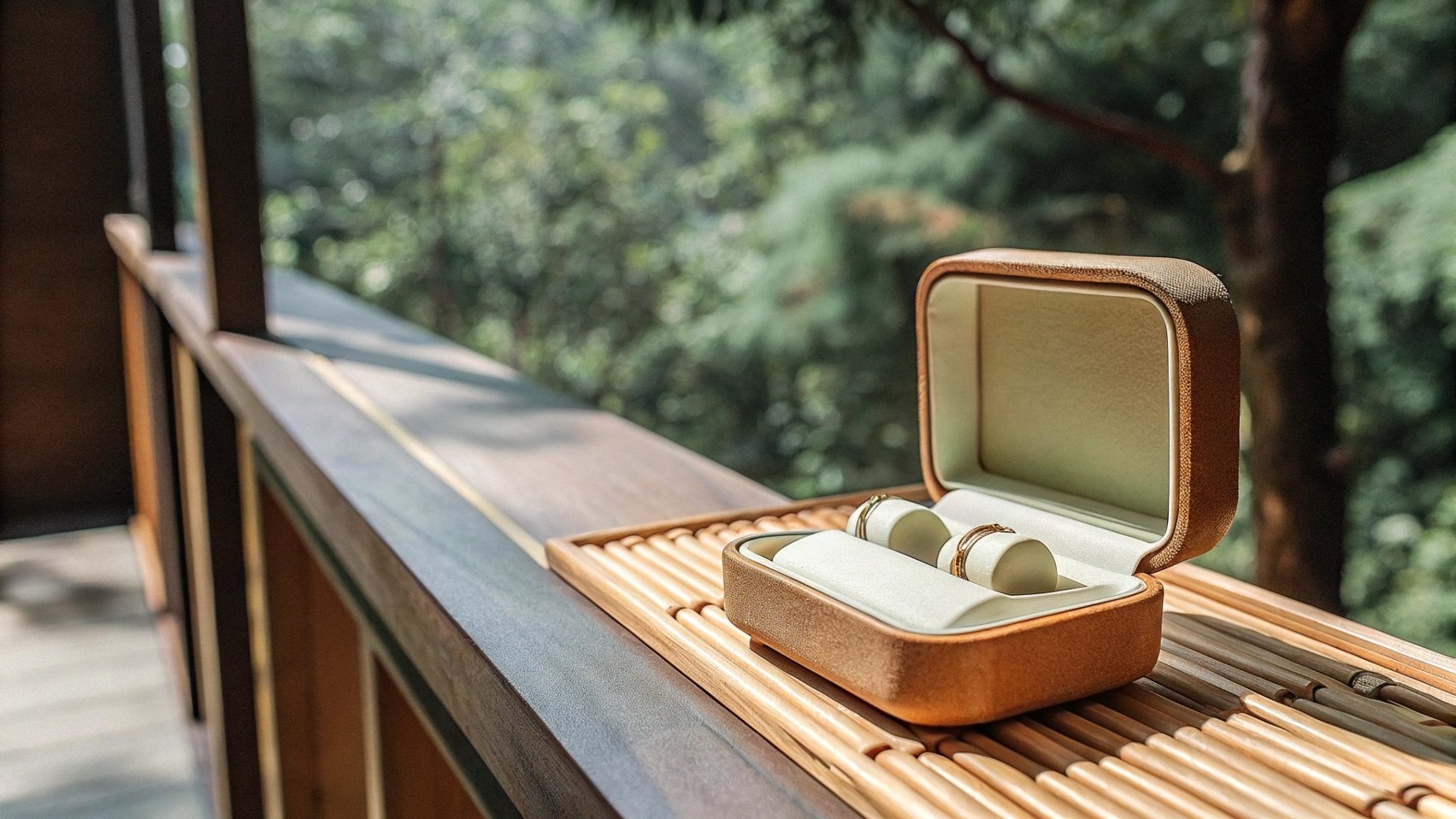
2025 Trends: Why Generation Z is Willing to Pay for Sustainable Design
2025-02-19
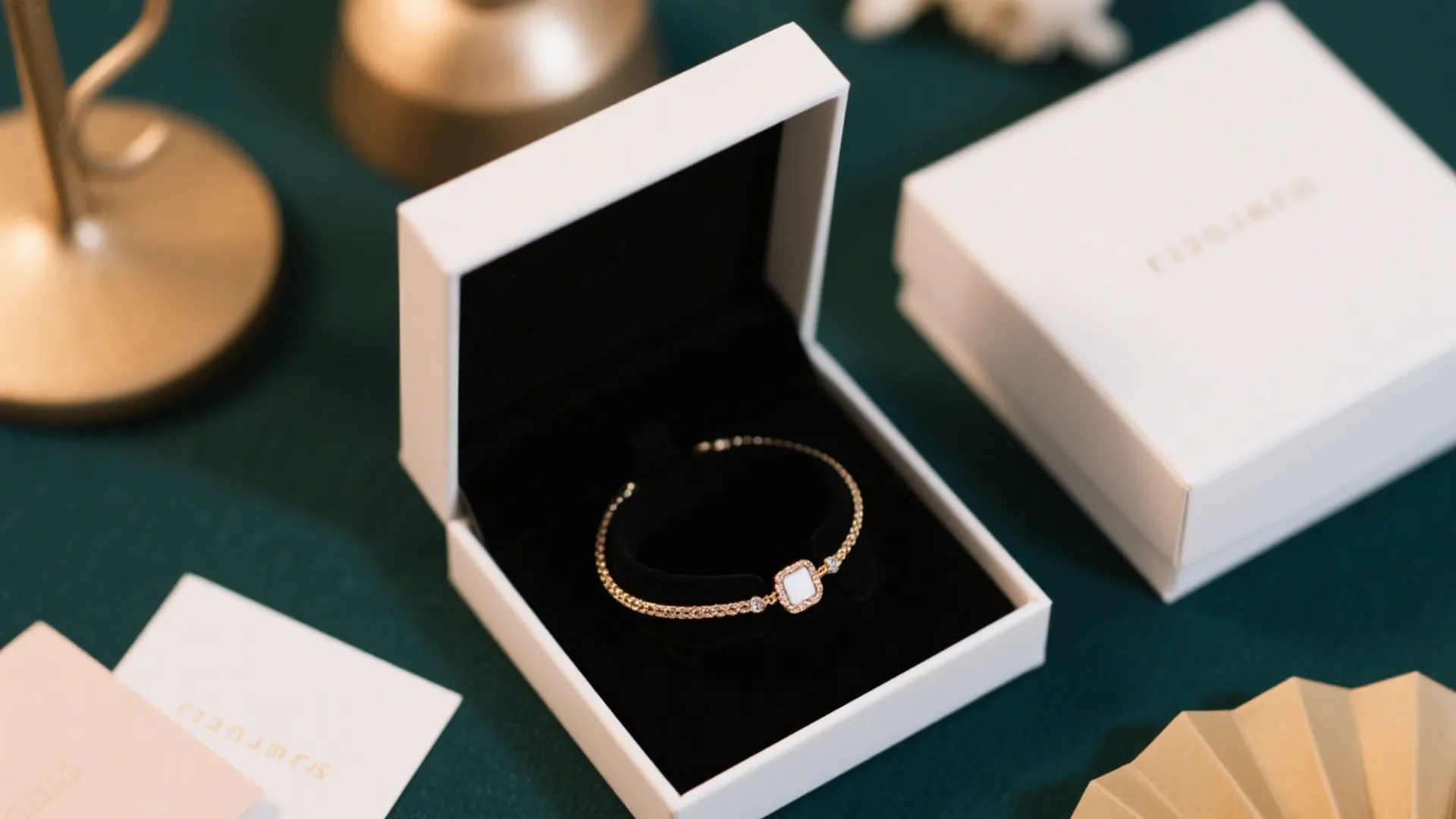
For an online jewelry brand, your packaging is your new storefront—it’s the first and most critical physical touchpoint with your customer. The ideal solution is rigid box packaging. At its core is a sturdy, non-collapsible structure made from high-density chipboard. Its purpose is twofold: it not only provides superior physical protection for valuable jewelry but, through its substantial feel and refined finish, it also conveys a tangible sense of luxury the moment it’s unboxed.
Choosing packaging is a strategic decision. A simple plastic bag or a flimsy folding carton sends a message, but it might not be the one you want. A rigid box, however, speaks a language of quality and care before it’s even opened.
Your packaging is the first physical handshake between your brand and your customer. A sturdy, well-crafted rigid box feels substantial in their hands. It communicates permanence and quality, creating a perception of value that immediately justifies their purchase. This initial tactile experience is a powerful tool for building brand trust.
High-value items demand high-value presentation. A rigid box inherently suggests that what’s inside is special. This is why global luxury brands in electronics, cosmetics, and of course, jewelry, consistently choose this packaging style. It creates a cohesive experience where the perceived value of the packaging matches the intrinsic value of the jewelry within.
Today, an unboxing is a performance. Customers share these moments on Instagram, TikTok, and YouTube. In fact, leading e-commerce authorities like Shopify highlight that a memorable unboxing experience is one of the most impactful marketing tools for building brand loyalty and encouraging social media shares. A beautiful, satisfying unboxing experience is free marketing.
An infographic using five steps and diagrams to illustrate how premium rigid box packaging transforms delivery into a free marketing event, driving new customers to the brand.
Arrival
Unboxing Moment
Customer Delight
Social Sharing
Attracting New Customers
To make the best choice, it helps to understand what makes a rigid box different. Also known as a setup box, it is a premium, sturdy paper-based package that doesn’t collapse or fold flat like a standard carton. Unlike other paper-based packaging, its construction is designed for strength and a premium finish from the ground up.
At the heart of every rigid box is a dense, non-bending paperboard, usually called chipboard or greyboard. This material is significantly thicker and more condensed than the paperboard used for a standard cereal box, often 2-3mm thick. This solid core is what gives the box its signature sturdiness and protective qualities.
The most common point of confusion is between rigid boxes and folding cartons. The primary difference is simple: rigid boxes are delivered pre-assembled and do not collapse, while folding cartons are shipped flat and require assembly.
| Feature | Rigid Boxes | Folding Cartons |
| Construction | Thick (2-3mm) non-bending chipboard. | Thin (up to 0.81mm) flexible paperboard. |
| Assembly | Arrives set up. | Shipped flat, requires folding. |
| Perceived Quality | High, associated with luxury. | Standard, used for everyday retail. |
| Durability | Very high, excellent protection. | Lower, offers less protection for heavy items. |
| Cost | Higher initial cost per unit. | Lower cost, especially in large volumes. |
Corrugated boxes, with their fluted inner layer, are built for shipping and logistics, prioritizing protection over presentation. Flexible packaging, like pouches or bags, offers minimal structure and is best for items that are not fragile. For jewelry, where both premium presentation and solid protection are non-negotiable, rigid boxes are the clear superior choice.
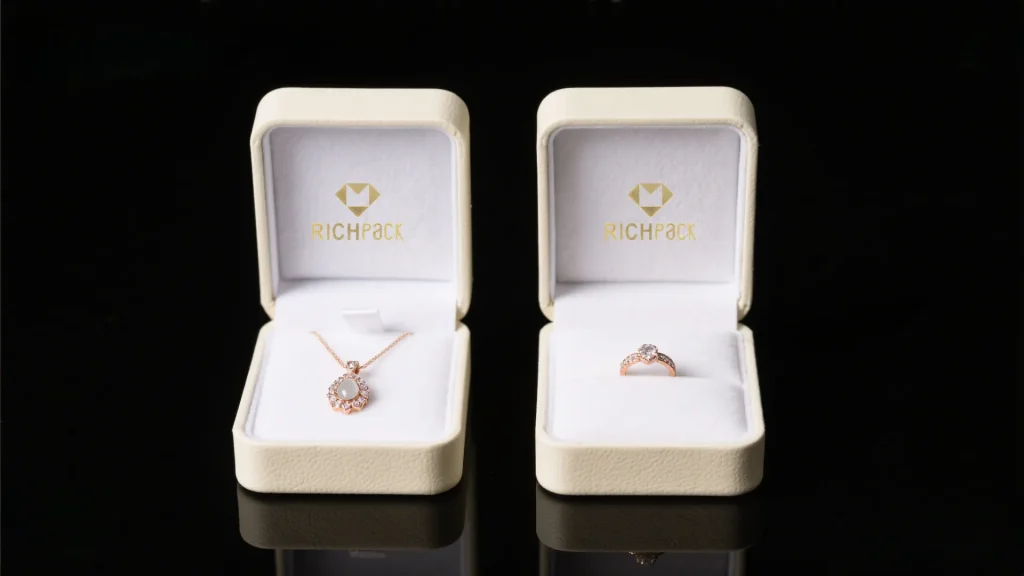
Rigid boxes are incredibly versatile, offering a wide range of styles to fit your brand’s aesthetic and the product’s needs. Each of these styles offers a unique way to tell your brand’s story. To see real-world examples and find the perfect fit for your collection, you can browse our comprehensive range of custom jewelry boxes.
This is the most traditional and recognized style, often called a “telescopic box.” It consists of a separate lid that fits over a base. The lid can either partially or fully cover the base, offering a moment of anticipation as it’s lifted off. This style is timeless and works well for almost any type of jewelry.
Sleek and satisfying, magnetic closure boxes feature small, powerful magnets embedded in the lid and front wall, creating a secure and pleasing “snap” closure. This style feels modern and luxurious, adding an interactive element to the unboxing that customers love. It’s an excellent choice for contemporary jewelry brands.
Also known as a matchbox or slipcase style, this design features a sleeve and a sliding inner tray. The jewelry is revealed as the customer pulls the tray out, often using a ribbon pull or thumb notch. This creates a theatrical, elegant reveal perfect for delicate items like rings or earrings.
For brands wanting a truly distinct look, shoulder neck boxes feature a visible inner “neck” that creates a beautiful contrast between the lid and base. Book style boxes open like a hardcover book, providing a narrative and creative feel, ideal for collection launches or special editions.
For brands concerned about shipping and storage costs, collapsible rigid boxes are an intelligent solution. They can be stored and shipped flat but assemble into a sturdy, high-quality box. This style often incorporates magnetic closures and is a practical way to get the benefits of a rigid box while managing logistics expenses.
While these core styles provide the foundational structure, the true innovation often lies in the visual execution. Understanding the fundamental types of boxes is the first step; the next is to explore how to make them stand out. For cutting-edge inspiration, you can review the top 25 jewelry box designs for 2025 and the trends every jeweller should know, which can help spark ideas for your own unique packaging.
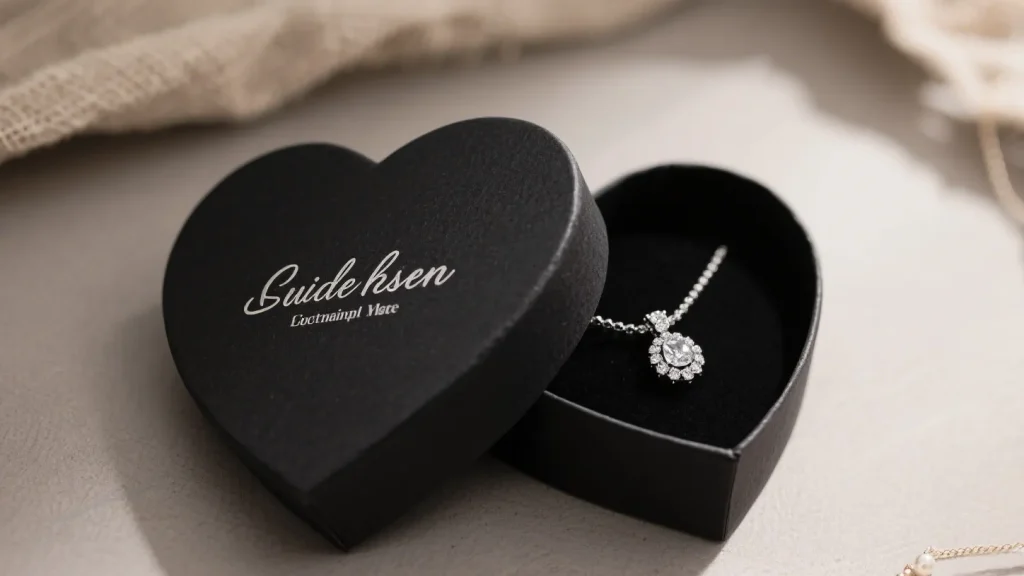
A rigid box is a blank canvas. The true magic happens in the customization, where you align the packaging perfectly with your brand identity.
Exploring Wrapping Materials
The chipboard core of a rigid box is almost always wrapped in another material. While specialty papers are most common, we can apply a huge range of materials to create different textures and looks, including fabric, leatherette, or soft-touch laminated papers. The choice of wrap material deeply influences the final tactile feel of the box.
Inserts are not optional for jewelry; they are essential. They hold the product securely in place, preventing damage and ensuring a beautiful presentation. The choice between different materials often comes down to balancing protection and aesthetics, a decision further explored in our guide on Jewellery Packaging with Rigid vs. Flexible Inserts: Which Provides Better Protection During Transit?
Finishing touches are what make a box uniquely yours. These techniques add visual and tactile interest, making your logo and design elements stand out. When applied thoughtfully, they can transform a simple box into a premium statement piece. In fact, there are several 5 Logo Techniques That Make a Jewelry Box Look Instantly Expensive that rely on these very processes.
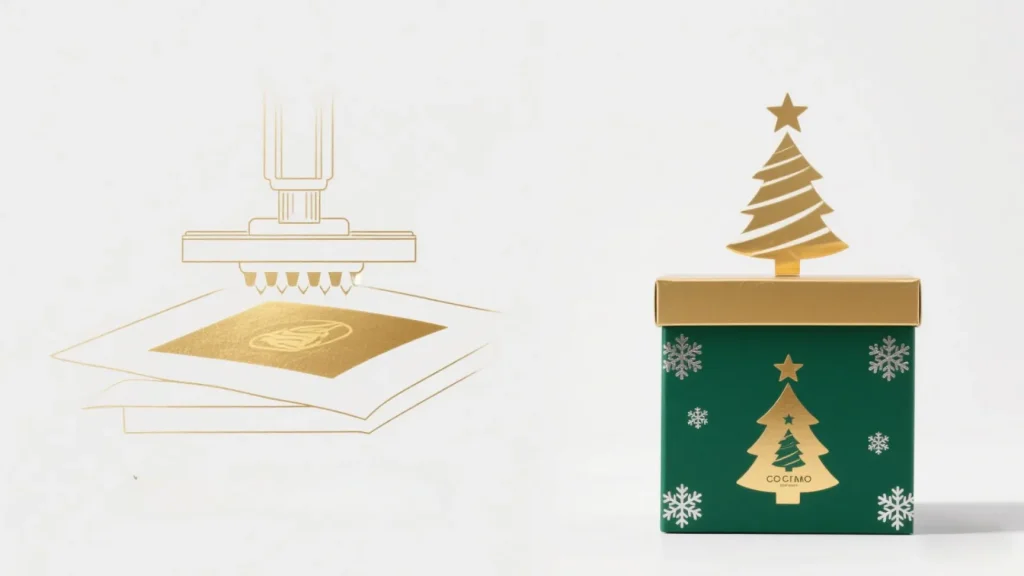
We know that navigating the technical aspects of packaging design can feel intimidating. Our process is designed to be collaborative and straightforward.
This flowchart uses icons and arrows to clearly illustrate the four core steps from customer idea to final product, helping customers quickly understand the collaboration process.
Share your ideas, requirements, and brand vision with our team
Our designers create precise dielines based on your specifications
We produce a physical sample for your review and feedback
Mass production begins after your final approval of the prototype
It all starts with your vision. You provide us with your logo, brand colors, and the dimensions of your jewelry. Our expert designers then translate this into a “dieline”—a flat, 2D technical template of your box that shows all the cuts, folds, and artwork placement before it’s constructed.
We never proceed to a full production run without your complete approval of a physical prototype. A prototype allows you to see how the colors print, feel the materials, test the closure mechanism, and ensure your jewelry fits perfectly. This crucial step eliminates uncertainty and guarantees the final product meets your expectations.
Our team works with you at every step. We can provide suggestions on what styles and finishes will best achieve your brand vision while respecting your budget. We see ourselves as an extension of your team, dedicated to creating the perfect package for your product.
To make a fully informed decision, it’s crucial to weigh the benefits against the drawbacks. While rigid boxes offer an unmatched premium experience, they aren’t the perfect solution for every scenario.
Two of the biggest concerns for any brand, especially smaller ones, are cost and minimum order quantities (MOQs). Let’s address these directly.
The price of a rigid box is significantly higher than a folding carton, sometimes up to three times more. This is due to several factors: thicker, more expensive materials, a longer production process, and the element of manual assembly required for wrapping and finishing. The final cost is influenced by the box size, style, choice of materials, finishes, and the order quantity.
We understand that large MOQs can be a barrier. While larger runs do reduce the per-unit cost, we have developed flexible production lines to accommodate smaller, emerging brands. We believe great packaging should be accessible. Contact our team to discuss your specific needs; we can often find a solution that works.
You don’t always need every possible finish to create a luxurious feel. Sometimes, intelligent and simple design is more impactful. Consider a high-quality matte lamination with a single, elegant foil-stamped logo. Another strategy is to choose between a “full finish” or “partial finish” box. A full finish box is wrapped completely, inside and out, for a seamless, polished look. A partial finish box leaves the inner chipboard exposed, which creates a more rustic aesthetic and can be more cost-effective as it uses fewer materials and production steps.
Your packaging partner is as important as your jewelry craftsman. Here’s what to look for.
A general packaging company may not understand the specific needs of jewelry. They might not have access to the right non-tarnishing materials or the best insert options for delicate pieces. A specialist partner, like us at Richpack, brings years of industry-specific knowledge to your project.
A partner with an in-house design team can help you refine your vision and avoid common pitfalls. In-house prototyping ensures a faster, more accurate, and more collaborative process from start to finish, saving you time and money.
Ask about their quality control process. How do they ensure every box in a run meets the standard of the approved prototype? Also, inquire about their sustainable options. A modern luxury brand is also a responsible one. We are proud to offer boxes made from recycled fibers and certified by the FSC or PEFC.
Choosing the right rigid box for your jewelry is about more than just finding a container; it’s about crafting an experience. It’s an investment in your brand’s story, its perceived value, and its relationship with your customers. The right box protects, presents, and delights, turning a simple purchase into a memorable event.
With over 15 years of experience focused squarely on this craft, we have the expertise to guide you through every decision. We combine high-quality materials, precision manufacturing, and a collaborative design process to create packaging that truly represents the beauty of what’s inside.
Contact our packaging specialists today for a complimentary consultation. Let’s work together to create an unboxing experience your customers will never forget.

Size is one of the elements we need to refer to when we buy anything. For gifts, different gifts need to be adapted to the appropriate and accurate size of the gift box, so as not to appear out of place. Choosing the right size not only enhances the presentation but also ensures that the… Continue reading Rigid Box Packaging for Jewelry: The Master Guide
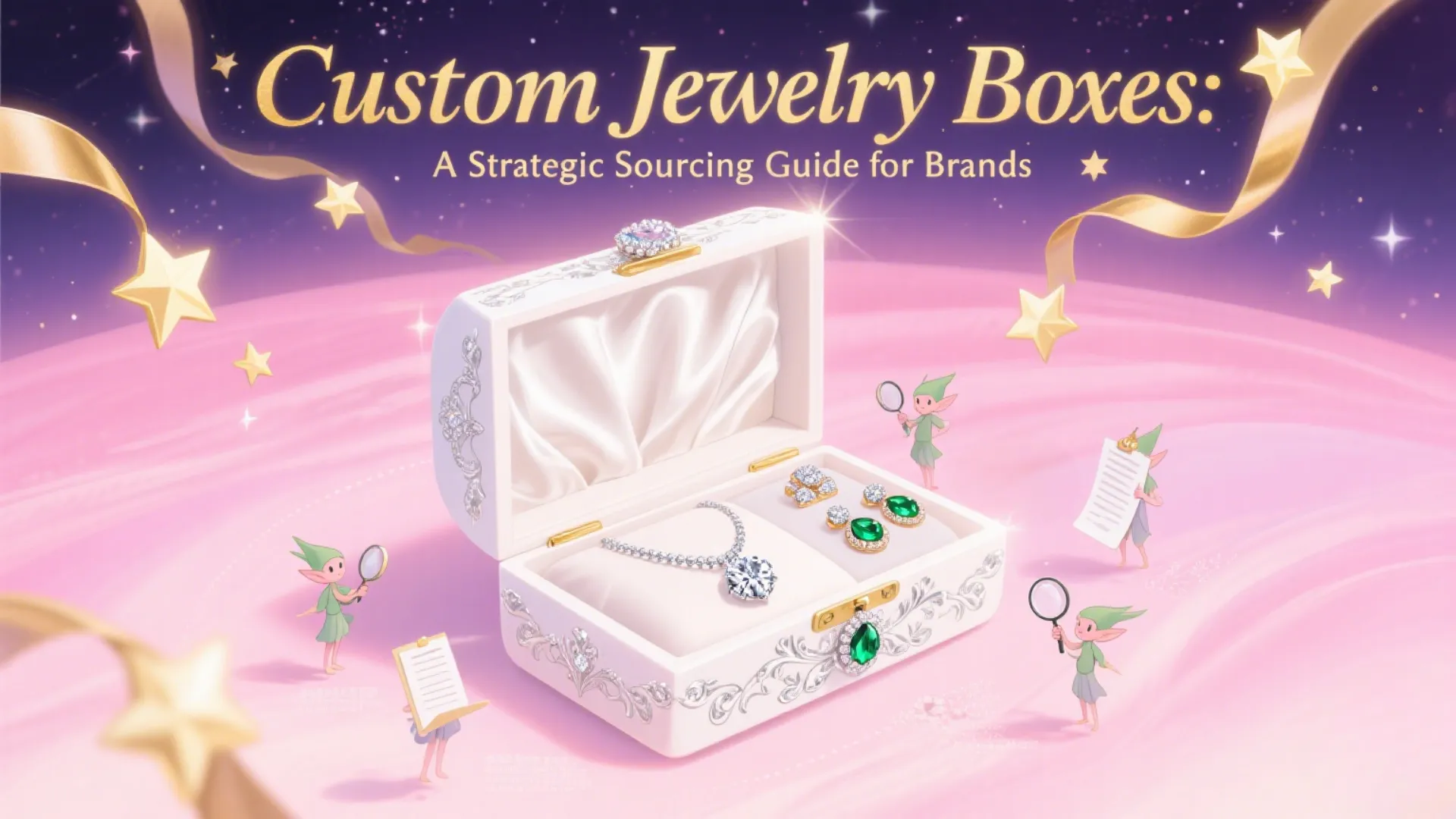
Explore materials, finishes, costs, and expert strategies to create an unforgettable unboxing experience that drives loyalty and growth.
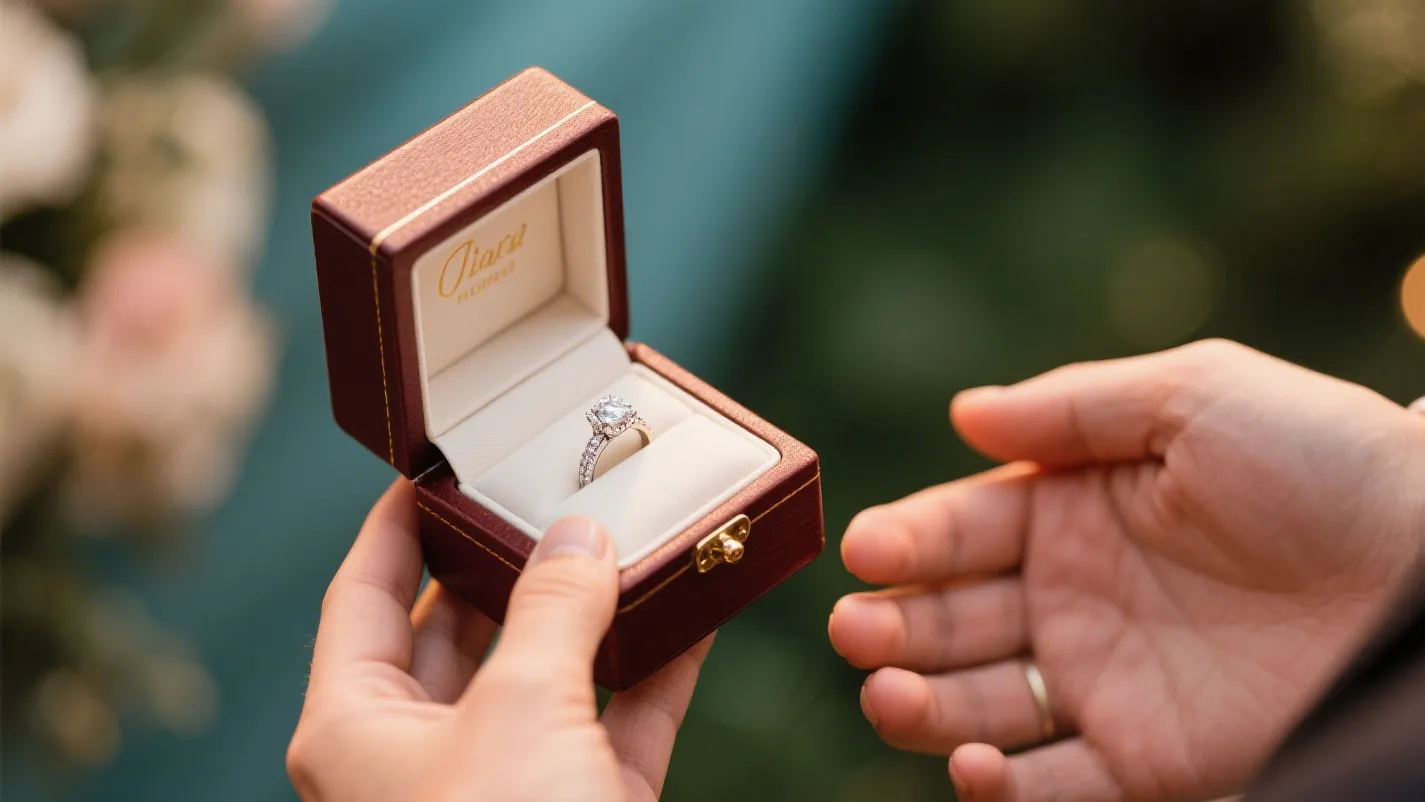
Wondering how much custom packaging costs for your jewelry brand? It’s the most common question we’ve answered in our 15 years as specialist jewelry packaging providers. The truth is, it ranges from under a dollar to over $25 per box. This guide breaks down every factor—from materials to finishes—and shows you how to create stunning… Continue reading Rigid Box Packaging for Jewelry: The Master Guide
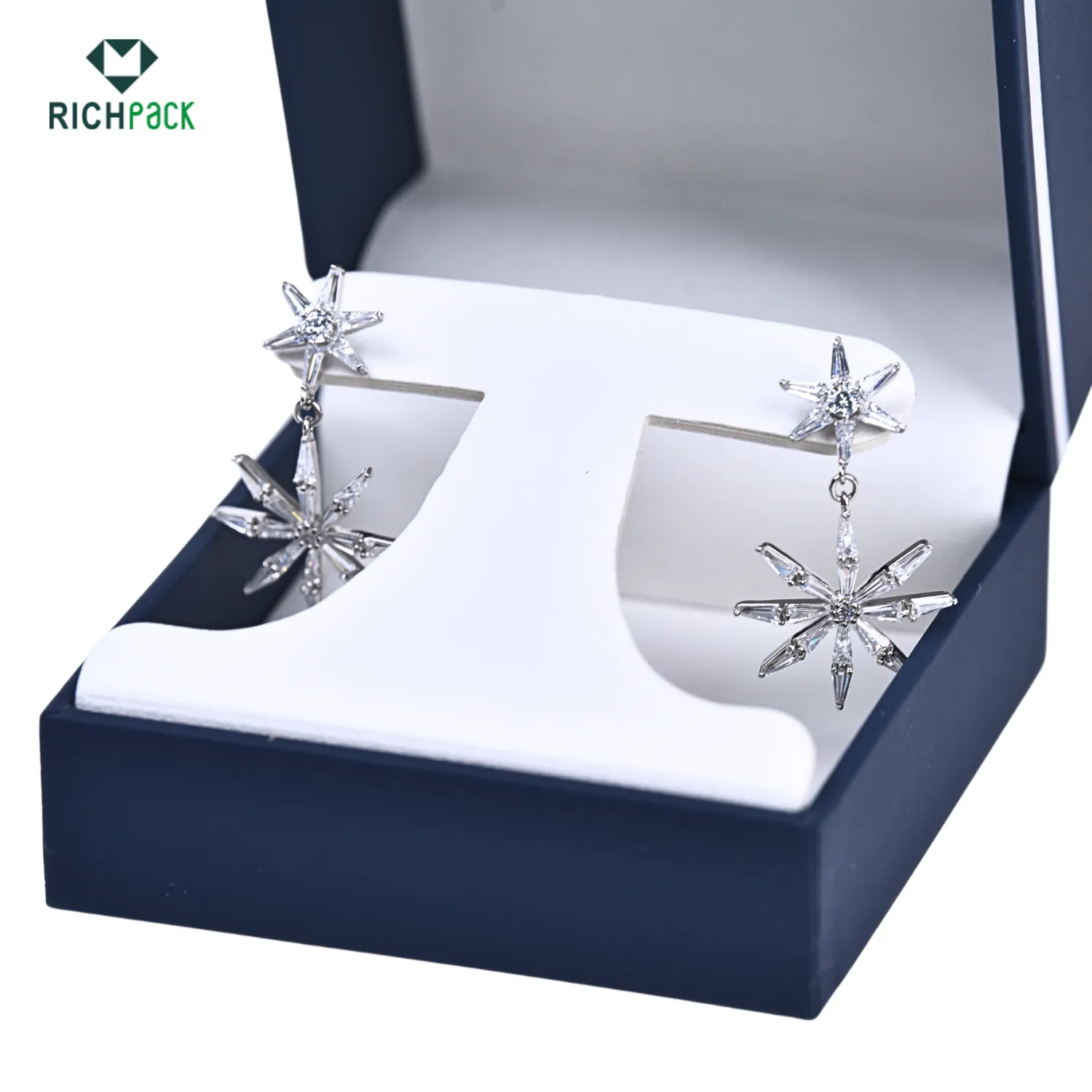
Creative Earring Packaging Design from Richpack | Innovative Jewelry Packaging Ideas for Modern Retailers Dealers & Distributors
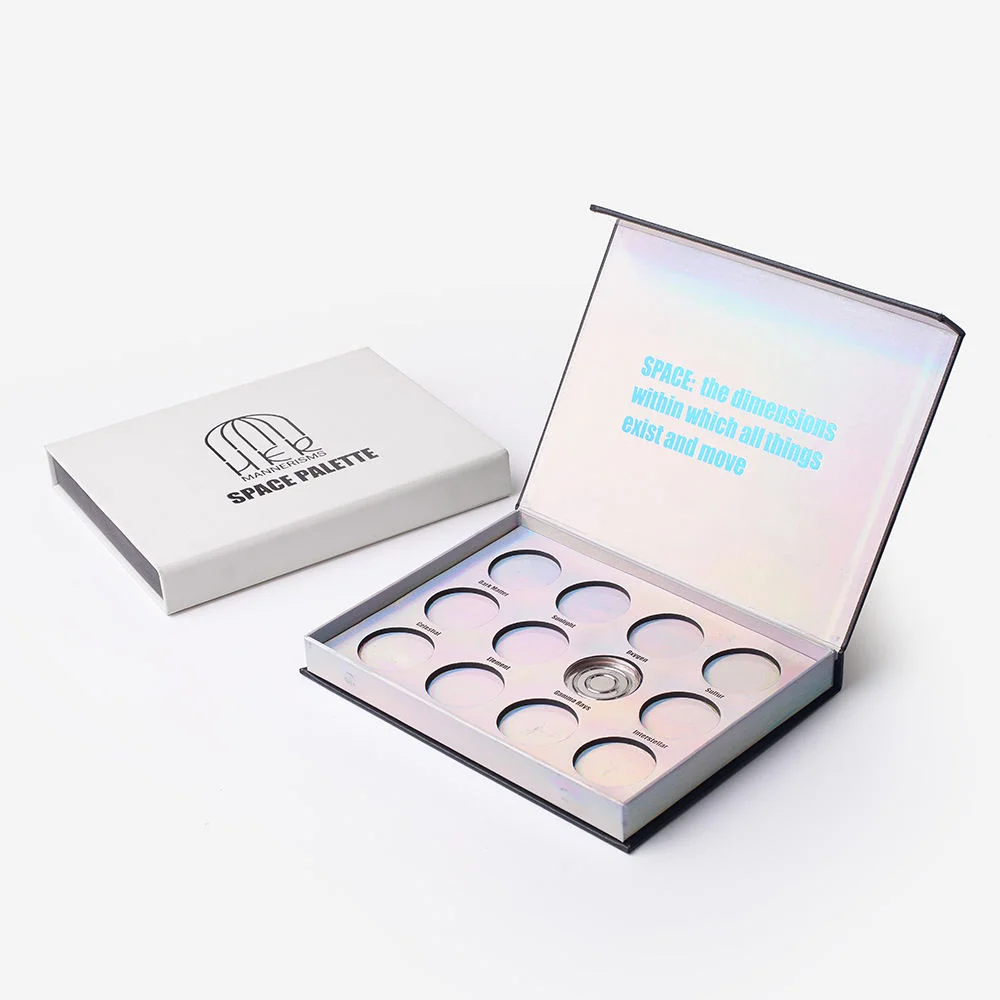
New Style Unique Design Fashion Cosmetic Packaging Box Rigid Cardboard Paper Packaging
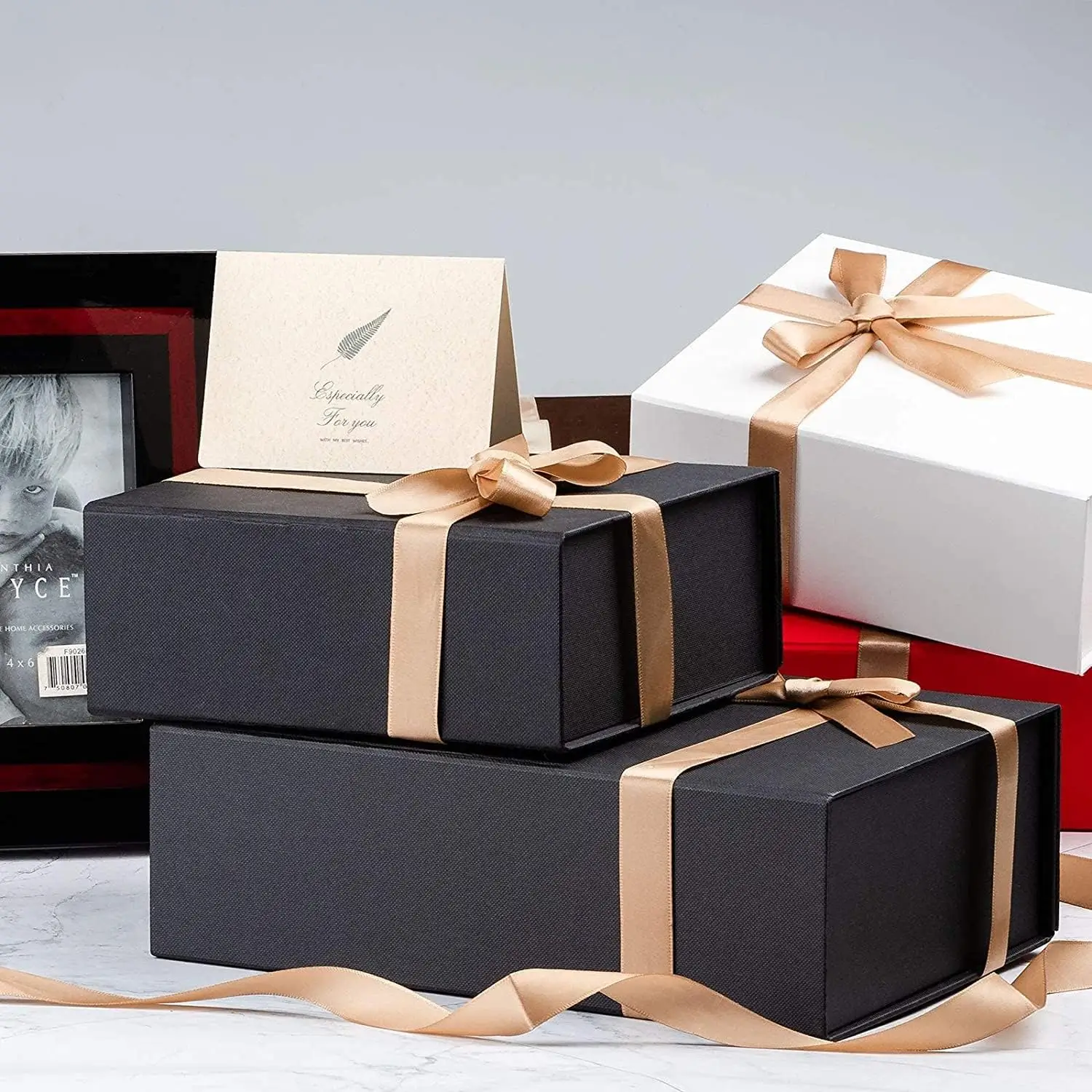
Premium Gift Boxes for Employees | Personalized Appreciation Packaging Perfect for Corporate Events and Team Recognition Richpack
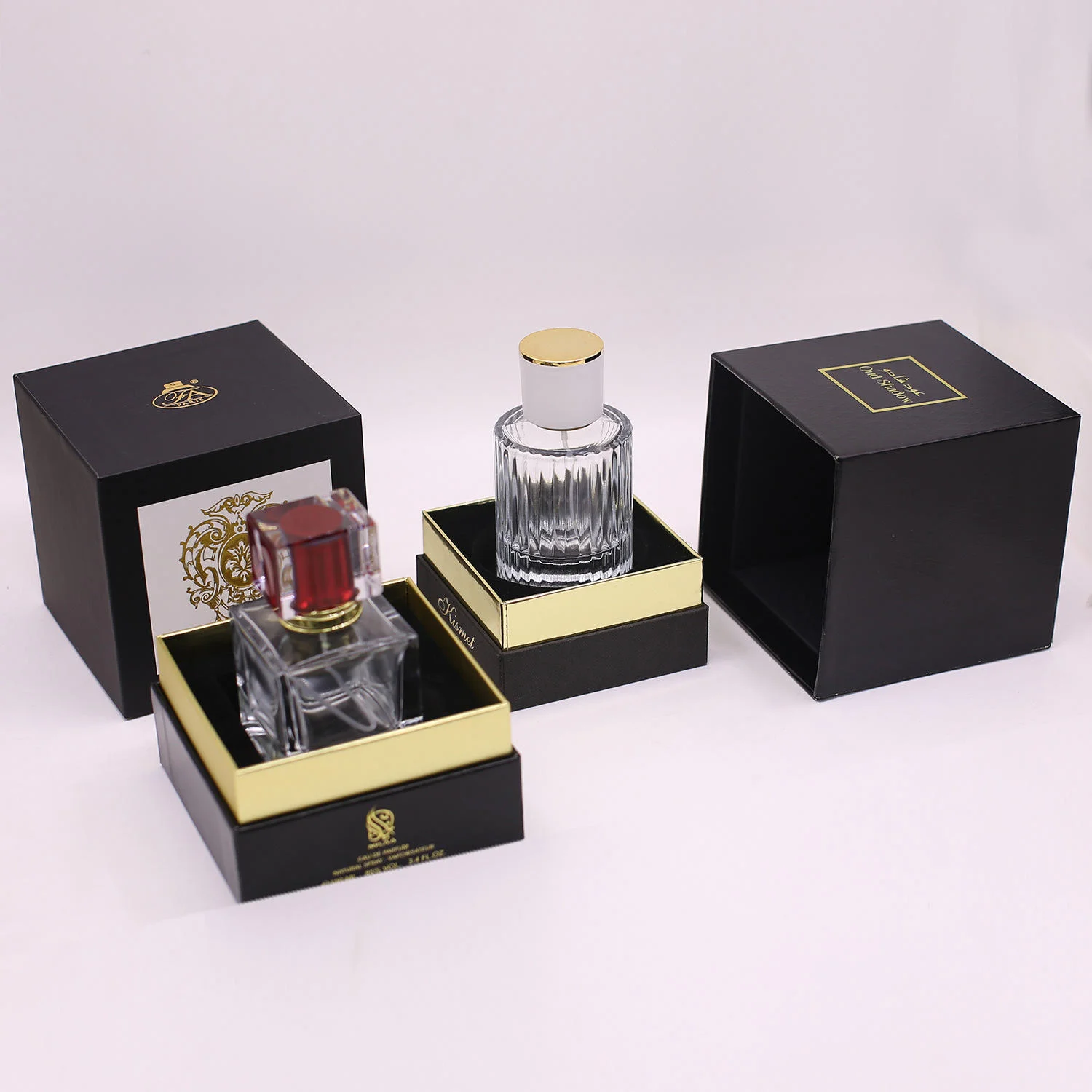
Affordable and Customizable Low Minimum Order Perfume Boxes for Small Businesses | Ideal for Boutique Perfume Brands Needing Tailored Packaging Solutions
View More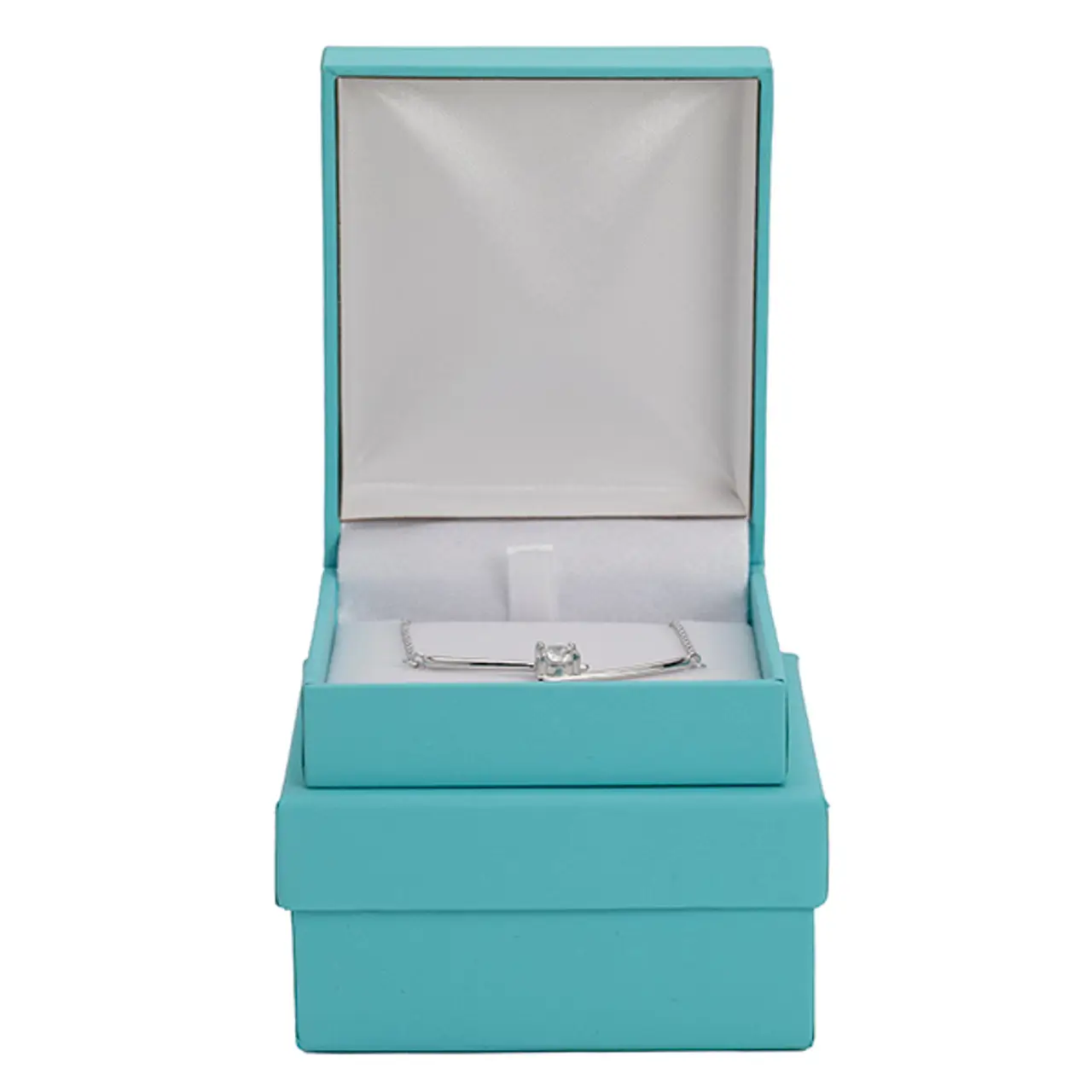
Bespoke Packaging Solutions for Luxury Jewelry | Ideal for High-End Jewelry Brands Seeking Exclusive and Sophisticated Packaging Designs
View More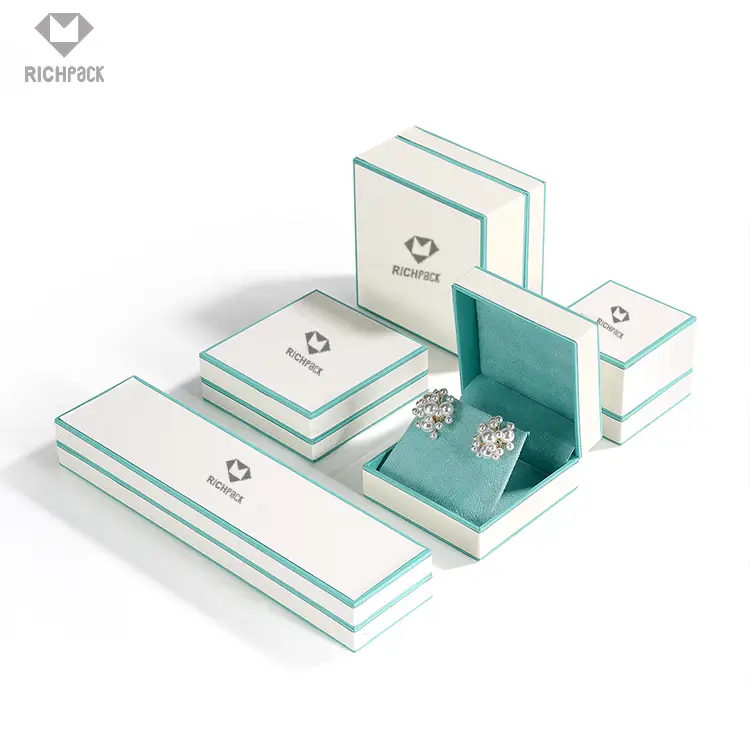
Bulk Jewelry Packaging Solutions with Fast Delivery | Customizable Designs for Retailers and Wholesalers Richpack
View MoreJust submit your email to get exclusive offers (reply within 12 hours)